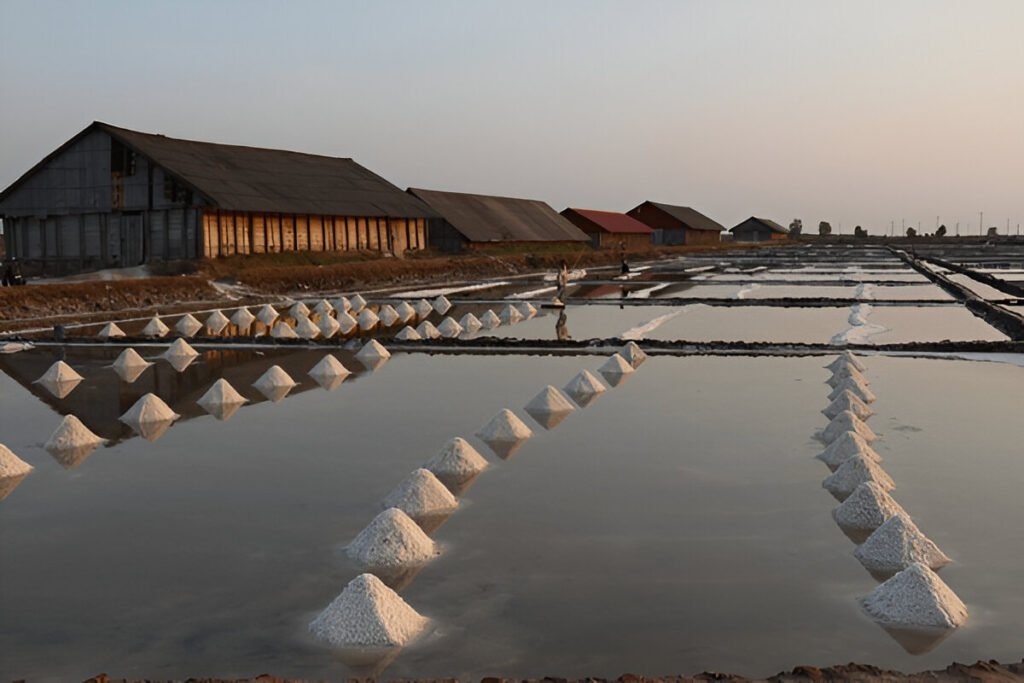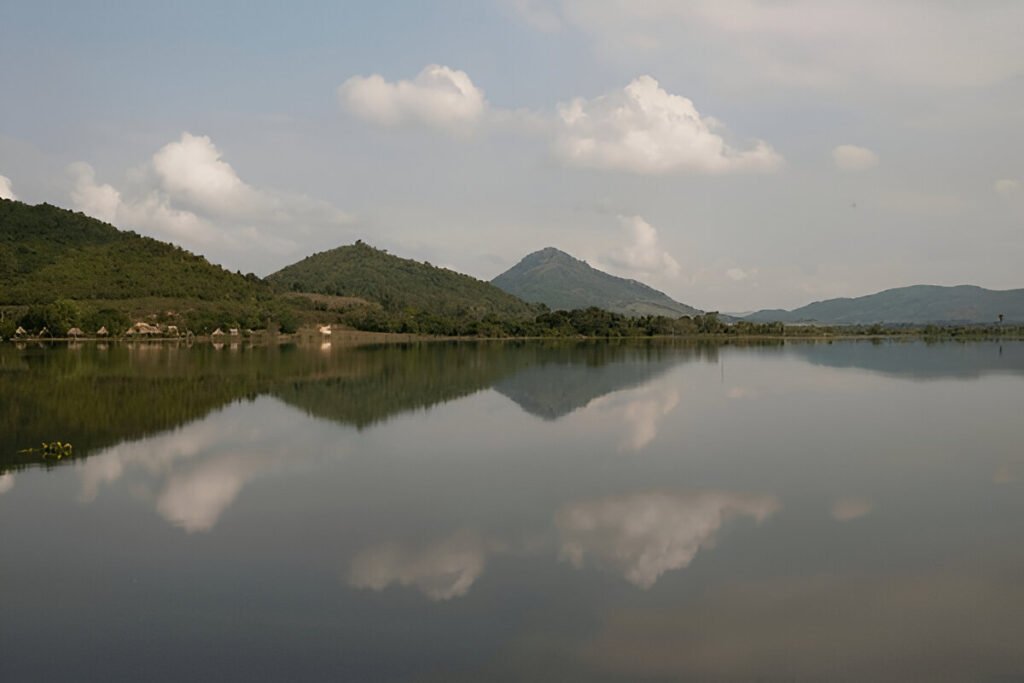Introduction:
Hong Kong, known for its vibrant city life, impressive skyline and bustling markets, also holds a treasure trove of historical and cultural gems one of which is the Man Mo Temple. Tucked away in the heart of Sheung Wan, one of the busiest districts in Hong Kong, the Man Mo Temple is one of the oldest traditional style temples in the region. It’s a must-see attraction for those who wish to embark on a journey into Hong Kong’s rich cultural history and religious traditions.
Discovering the Mystical Charm of Man Mo Temple
The Man Mo Temple, built in 1847 during the Qing Dynasty, exudes an old-world charm that offers a stark contrast to the modernity that surrounds it. As you step inside, you are immediately enveloped by the intoxicating scent of incense, the muted whispers of age-old rituals and the palpable sense of reverence that fills the air. The temple, dedicated to the Taoist gods of literature (Man) and war (Mo), is a stunning spectacle of traditional Chinese architecture with its intricate wood carvings, bright murals, and ornate lanterns.
The atmosphere in the temple is one of tranquillity and peace, a soothing respite from the bustling city outside. The main hall of the temple is filled with giant incense coils that hang from the ceiling, each burning for weeks on end, filling the hall with a smoky haze that imparts an ethereal quality to the scene. The walls are adorned with antique Chinese artifacts and ornate altars where locals engage in prayer, making offerings of food, incense, and paper effigies.
Embarking on a Historical Journey Through Sheung Wan’s Oldest Temple
Man Mo Temple isn’t just a place of worship, but it’s also a symbol of Hong Kong’s cultural heritage and its deep-rooted traditional values. It is a place that allows visitors to witness firsthand the ancient rituals and customs that are still practiced today. The temple also served as a court of arbitration for local disputes among the Chinese community in the colonial era, further cementing its importance in the local history.
The temple complex includes the Lit Shing Kung and Kung Sor, two important buildings that served as meeting halls and an assembly point for the Chinese community in the past. These structures, like the main temple, are characterized by their beautiful architectural detail, from the roof ridges adorned with mythical creatures to the brightly painted door gods guarding the entrances.
Description of the Attraction:
The Man Mo Temple is a spectacle of unique aesthetics that showcases the stunning artistic abilities of ancient Chinese artisans. The temple is adorned with traditional wood carvings, pottery roof ridges, murals and sculptures. The altar inside the temple houses statues of the gods Man Cheong and Mo Tai. The gods are surrounded by antique wooden chairs and tables, where offerings are placed by worshippers.
Things to Do:
Beyond appreciating its architectural beauty, visitors can witness the daily prayer rituals of the locals, explore the unique artifacts within the temple, and learn about the fascinating history behind the temple through informative plaques. In the weeks leading up to the Chinese New Year, the temple becomes a hub of activity, where traditional ceremonies and events are held.
Local Tips:
The best time to visit the temple is during the morning when the prayer rituals are conducted. Remember to dress modestly as a sign of respect. Photography is allowed, but avoid using flash near the altars.
How to Get There:
The temple is easily accessible by public transport. You can take the MTR to Central Station and then walk towards Hollywood Road. It’s a 10-minute walk from the station. Alternatively, you can take the tram and get off at the Sheung Wan stop.
Nearby Attractions:
After visiting the Man Mo Temple, you can explore the numerous antique shops, art galleries, and local eateries that line Hollywood Road. The Hong Kong Museum of Medical Sciences and the Dr Sun Yat-sen Museum are also nearby and worth a visit.
Conclusion:
A visit to the Man Mo Temple is a fascinating journey into Hong Kong’s past, offering a balance to the city’s modern skyscrapers and shopping malls. Whether you’re drawn by the stunning architecture, the spiritual tranquillity, or the rich cultural history, the Man Mo Temple is a must-see destination when in Hong Kong. So, embark on this journey and experience the allure of old-world charm for yourself!






